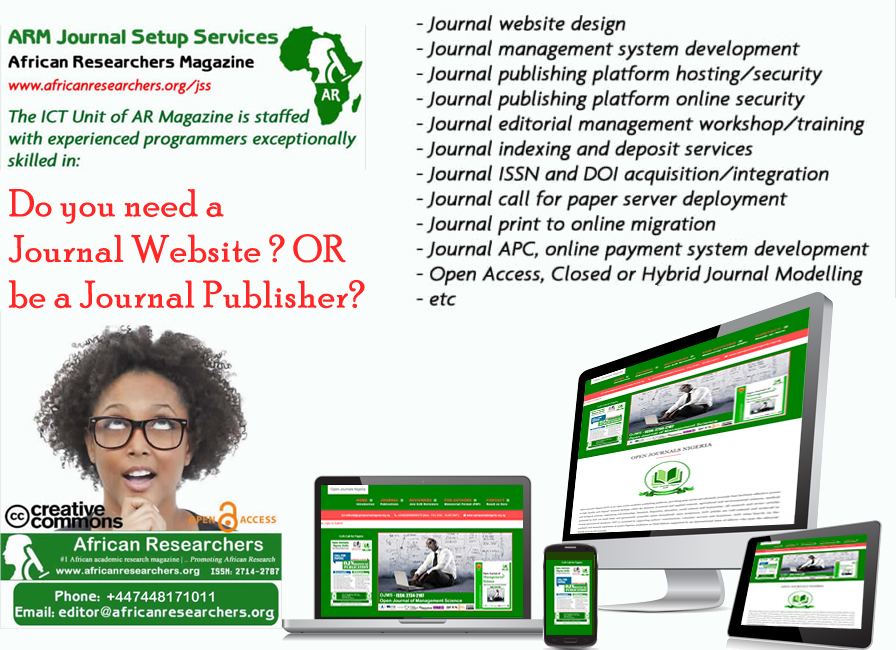A recent study by Uche, E., & Ngepah, N. (2024) titled “How green-technology, energy-transition and resource rents influence load capacity factor in South Africa” published in the International Journal of Sustainable Energy, by Taylor & Francis shows that green technology significantly improved the Load Capacity Factor (LCF) only at the upper quantile, indicating its effectiveness is limited to certain conditions.
“
Green technology and clean energy improve South Africa’s Load Capacity Factor significantly at higher quantiles, indicating effectiveness under favorable conditions.– Uche, E., & Ngepah, N. (2024)
The article delves into the nuanced relationship between green technology, energy transition, and resource rents on South Africa’s load capacity factor (LCF), a key indicator of environmental quality.
The study explores how the adoption of green technology impacts South Africa’s LCF. The findings reveal that green technology’s ability to enhance LCF is significant only at higher quantiles. This suggests that the effectiveness of green technology in improving environmental quality is conditional and becomes more pronounced under specific circumstances, likely when other supporting factors such as infrastructure, regulatory frameworks, and economic conditions are favorable. Thus, while green technology holds potential, its benefits are not uniformly distributed across all situations. The research highlights the positive effects of transitioning towards clean energy on South Africa’s LCF. A substantial improvement in LCF is observed at certain quantiles, indicating that shifting from fossil fuels to renewable energy sources can lead to better environmental outcomes. This finding underscores the importance of clean energy in enhancing environmental quality, though the extent of its impact varies across different contexts. The positive correlation at various quantiles suggests that policy measures supporting clean energy adoption can lead to significant improvements in LCF, reflecting better air quality, reduced emissions, and overall environmental sustainability. The study presents a mixed picture regarding the influence of resource rents (revenues generated from natural resources like minerals, oil, and gas) on LCF. At upper and middle quantiles, resource rents show partial improvement in LCF, implying that in some cases, the financial benefits from natural resources can be leveraged to enhance environmental quality. However, at lower quantiles, resource rents appear ineffective in improving LCF. This indicates that simply having access to resource rents does not guarantee better environmental outcomes. The variability in impact suggests that how resource rents are managed and invested is crucial. Effective governance, transparency, and strategic allocation of these funds are necessary to translate resource wealth into environmental benefits.
How the Study was Conducted
The study utilizes annual time-series data from 1970 to 2018, sourced from the Global Footprint Network (GFN), Organization for Economic Cooperation and Development (OECD), Our World in Data (OWID), and World Development Indicator (WDI). A transformed Cobb–Douglas production function is constructed to explore the responses of the ecological load capacity factor (LCF) to changes in green-technology, energy transition, natural resources rents, and economic growth. The study employs both the conventional autoregressive distributed lag (ARDL) procedure and the quantile autoregressive distributed lag (QARDL) model to provide reliable estimates over the long and short terms. The QARDL technique is used to explore the effects of explanatory variables across the quantile distributions of the explained variable, offering insights into potential short- and long-term distributional asymmetries.
What the Authors Found
The study found that green technology significantly improved the Load Capacity Factor (LCF) only at the upper quantile, indicating its effectiveness is limited to certain conditions. The authors also found that a substantial improvement in LCF was observed at some quantiles following the transition to clean energy, suggesting a positive impact of energy transition on environmental quality. Resource rents were found to promote LCF partially at the upper and middle quantiles but were ineffective towards the lower quantile of the distributions. In addition, economic growth was shown to improve LCF within the upper and middle quantiles, while it minimized LCF at the upper quantiles, highlighting a complex relationship between economic development and environmental sustainability.
Why is this Important
Environmental Sustainability: Understanding the impact of green technology and energy transition on LCF helps policymakers make informed decisions. By promoting clean energy and green technology, countries can improve their environmental sustainability and reduce their carbon footprint.
Resource Management: The study highlights the role of resource rents in LCF. Efficient utilization of natural resources is crucial for maintaining a balance between economic growth and environmental quality. Policymakers can use these insights to manage resource rents effectively.
Policy Recommendations: The authors provide policy recommendations based on their findings. These include monitoring green technology adoption, promoting energy transition, and setting emission standards. Implementing these policies can lead to better LCF outcomes.
Quantile Analysis: The use of quantile analysis allows for a nuanced understanding of the effects. Policymakers can tailor interventions based on specific quantiles, addressing different segments of the population and industries.
What the Authors Recommend
- The authors suggest that policymakers should focus on promoting green technology adoption and energy transition. Encouraging the use of clean energy sources and incentivizing green technology development can lead to better environmental outcomes.
- Efficient utilization of natural resources is crucial. Policymakers should monitor resource rents and ensure their sustainable use. Balancing economic growth with environmental protection is essential.
- The study suggests setting emission standards to reduce environmental impact. Implementing and enforcing such standards can contribute to improving load capacity factor (LCF).
- Policymakers can tailor interventions based on specific quantiles. For example: At higher quantiles, focus on green technology adoption. At middle quantiles, address resource rents. At lower quantiles, consider economic growth implications.
In conclusion, the study by Uche and Ngepah (2024) underscores the conditional effectiveness of green technology and clean energy transitions in enhancing South Africa’s Load Capacity Factor (LCF). The research highlights the crucial role of supportive infrastructure, regulatory frameworks, and economic conditions in maximizing the benefits of green technology. It also emphasizes the importance of efficient resource rent management and strategic economic growth in achieving environmental sustainability. Policymakers are encouraged to adopt tailored interventions that address specific quantiles, promote green technology, and ensure sustainable resource use to improve environmental outcomes and advance South Africa’s ecological footprint positively.
















 The African Research (AR) Index is a comprehensive scholarly directory and database focused explicitly on journal publishers that publish and disseminate African research.
The African Research (AR) Index is a comprehensive scholarly directory and database focused explicitly on journal publishers that publish and disseminate African research.

